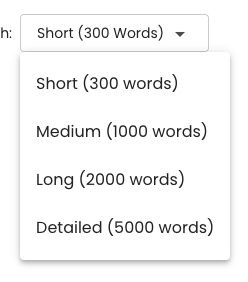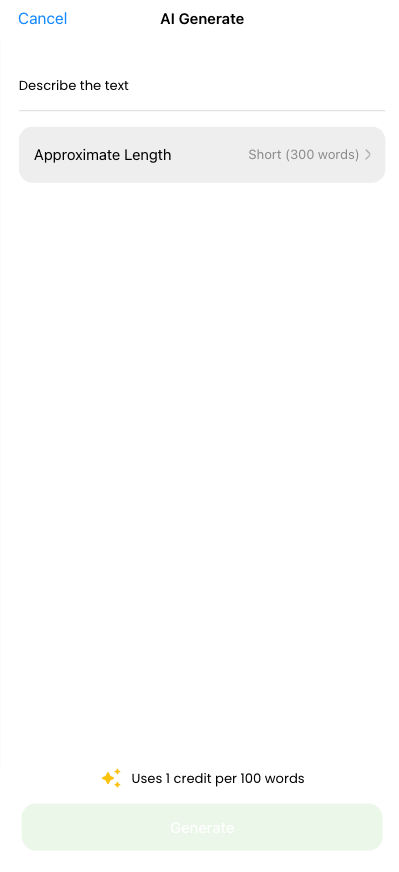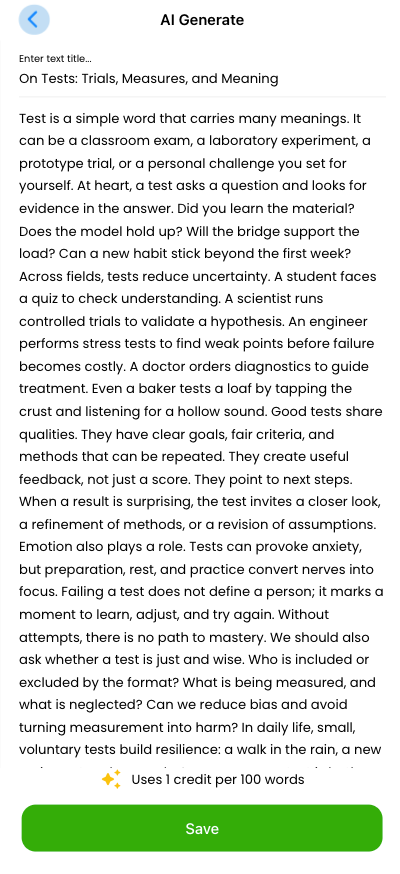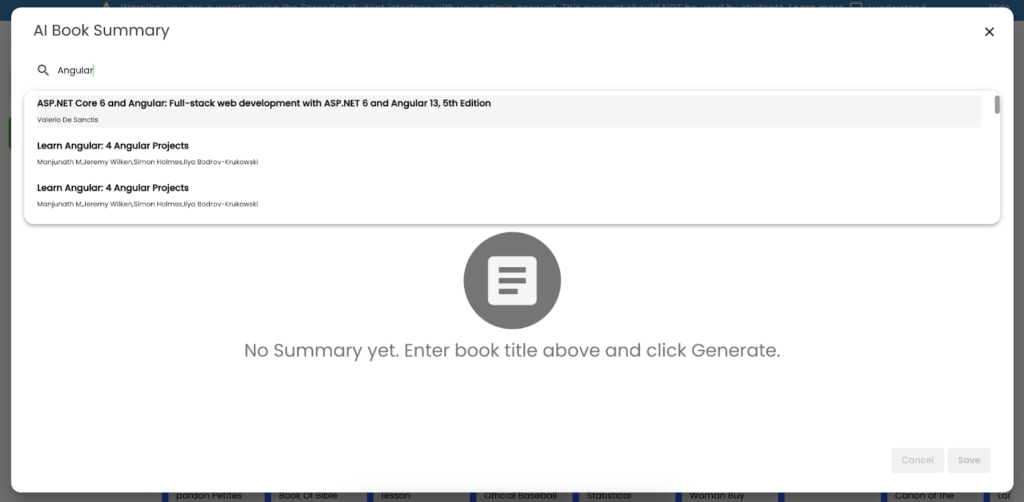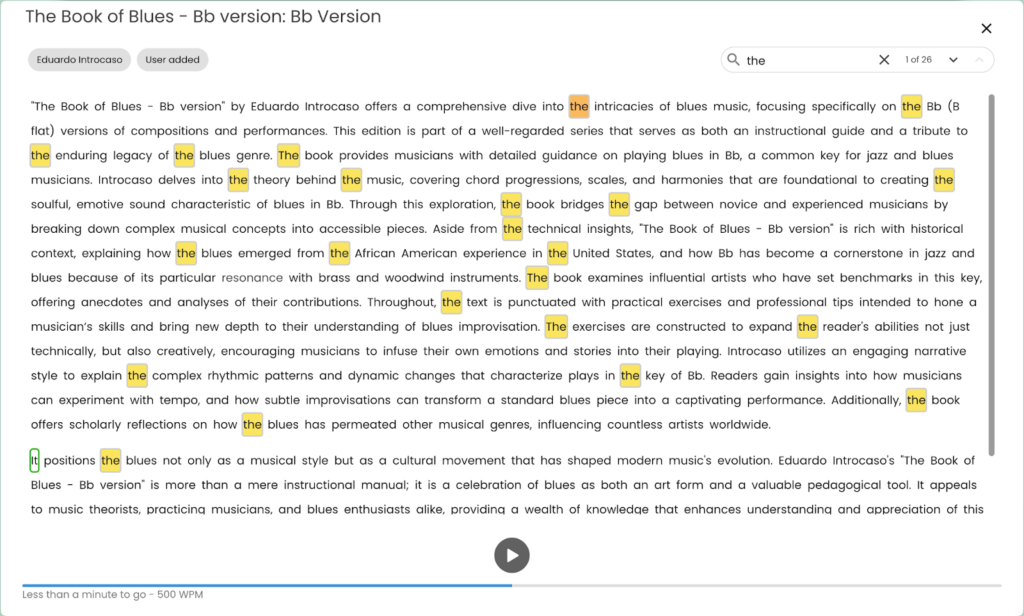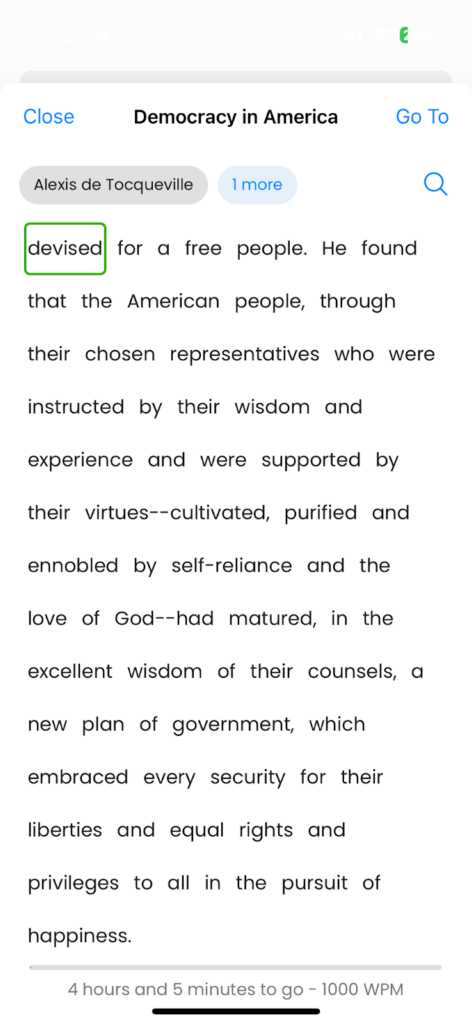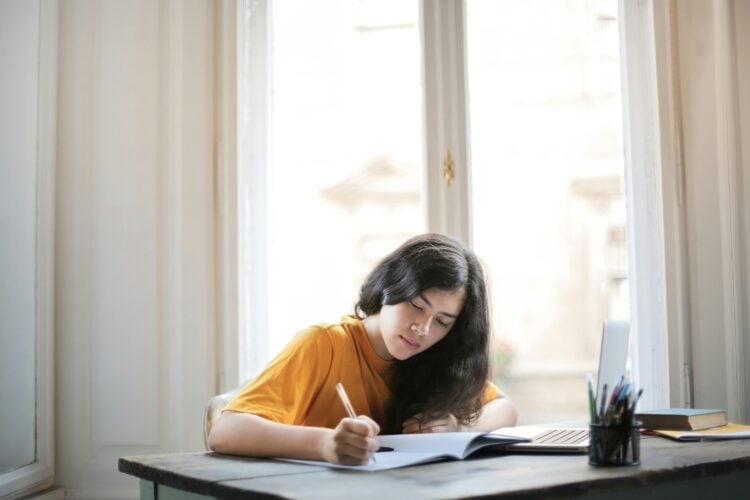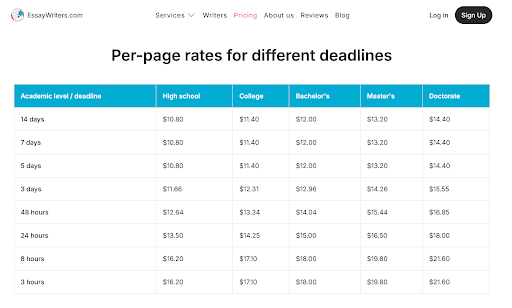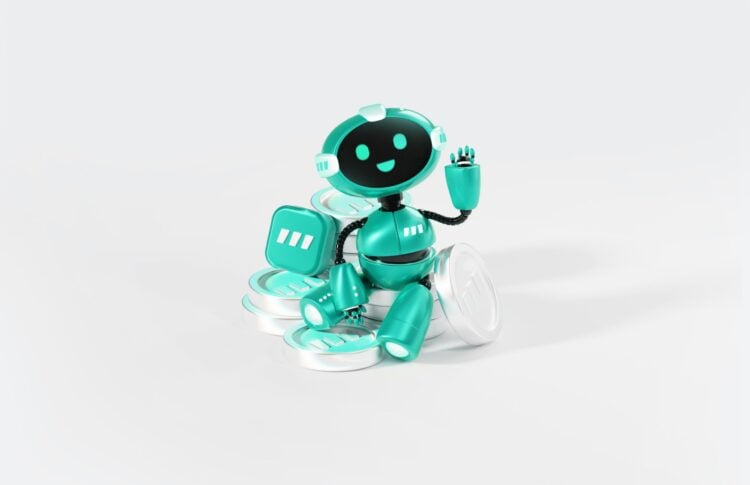
When our brains hear someone speak, the timing is a lot more important than you might imagine. Even tiny delays (latency) can throw off how efficiently we process spoken language. That’s not just a technical quirk. Neuroscience shows that lower latency means the brain stays in sync with speech, which means faster comprehension and accuracy.
Here’s what the science says about how our brains handle spoken information, and why something like the Falcon low-latency voice API matters for real-time voice systems.
Real conversation is incredibly fast, and the brain keeps up
In everyday conversation, people respond to each other in under 300 milliseconds on average. That’s remarkable, because normally it takes a lot longer than that just to plan what to say. The fact that we nevertheless manage such fast turn-taking is a hint at something deeper: it suggests that our brains predict, anticipate, and prepare even while we’re listening.
EEG research now shows that even before we finish hearing someone’s sentence, our brains are already gearing up for the next move. Scientists found changed brain wave activity, such as decreases in alpha and beta rhythms, reflecting this anticipatory processing. That is, instead of waiting passively for the other person to stop before we think, we think while listening.
Neural latency: How fast the brain responds to sound
Brain imaging helps us understand the time lag between hearing a syllable and fully processing it.
In one experiment using intracranial EEG, for example, researchers measured the responses of different parts of the brain when listeners heard simple syllables like “bi” or “pi.” The earliest areas to respond, such as Heschl’s gyrus, the primary auditory cortex, start firing in a matter of tens of milliseconds. Other regions, though, including parts of the frontal lobe and parietal cortex, take longer, hundreds of milliseconds, depending on the task.
This suggests that speech is processed hierarchically and distributed, such that portions of the sound are being processed in different parts of the brain, and they do not light up all at once.
However, in conversational agents, where every millisecond counts, reducing delays at the entry point, like the first audio reaching the brain, is very important.
Synchrony and brain entrainment amplify understanding
Another important mechanism is neural entrainment. Our brains lock onto the rhythm or envelope of speech, mostly in the 2-10 Hz range, to decode it. Indeed, one EEG study demonstrated that the maximal tracking of the speech envelope by the brain is about 110 ms following the auditory processing of speech. That is the window when all the neural circuits align with the speaker’s rhythm to decode the meaning with efficiency.
If latency intervenes within that window, say, for example, due to a platform or network delay, it disrupts that alignment, making speech either more difficult to follow or less natural. The brain’s timing is precise; being off-rhythm matters.
Why does high latency slow down comprehension
Latency will increase cognitive load, too. When delays are introduced, people need more mental effort to keep up because they have to rely more on memory and prediction.
DAF (delayed auditory feedback) experiments support this. In one, even small delays made fluent adults’ speech more variable: they became less consistent in how they spoke when they heard their own voice delayed. That extra effort in both speaking and listening suggests that delays force the brain to work harder to coordinate what it hears with how it reacts.
Low latency is a prerequisite for the brain’s predictive power
A growing body of research supports the idea that the brain runs on prediction. In language comprehension, predictive processing helps us guess what’s coming next-words, grammar, even intention-and these guesses make comprehension faster.
Recent neuroscience studies agree, too. For instance, when people listen to natural speech, EEG and MEG data show anticipatory brain activity before predictable words even arrive. That predictive mechanism only works well when there’s minimal lag between the signal and its processing.
If voice systems add delay, they undermine the brain’s ability to anticipate, which slows down comprehension.
Why does all this matter for real-time voice agents
This is where the Falcon low-latency voice API comes into the picture. For voice agents, real-time interaction isn’t a luxury-it’s a necessity. If conversational AI is too slow, it disrupts the brain’s natural rhythm of prediction and response. That makes the interaction feel awkward, slow, or unnatural.
It does this by delivering ultra-low latency, keeping spoken input and output closer to real-world conversational timing. Falcon respects the brain’s innate lag times and synchronization windows, so when latency stays low, users process speech more naturally. They react faster, understand better, and stay more engaged.
The Bottom Line: Latency Isn’t Just a Tech Problem; It’s a Cognitive One
Latency might sound like a backend engineering problem, but to our brains, it’s a real barrier to fast, efficient, and human-like conversation. Neuroscience shows that when we talk, our brains anticipate, sync up, and respond in nearly real time. That delicate balance falls apart if there’s too much delay.
The technologies at play, like the Falcon low-latency voice API, are not only optimizing systems for performance but also continuing to align with how our brains intrinsically process speech. They minimize lag to preserve the timing mechanisms of the brain, reduce cognitive load, and make voice experiences intuitive, like talking to another person, not a machine.
When latency is small, the brain wins. And so does the conversation.






